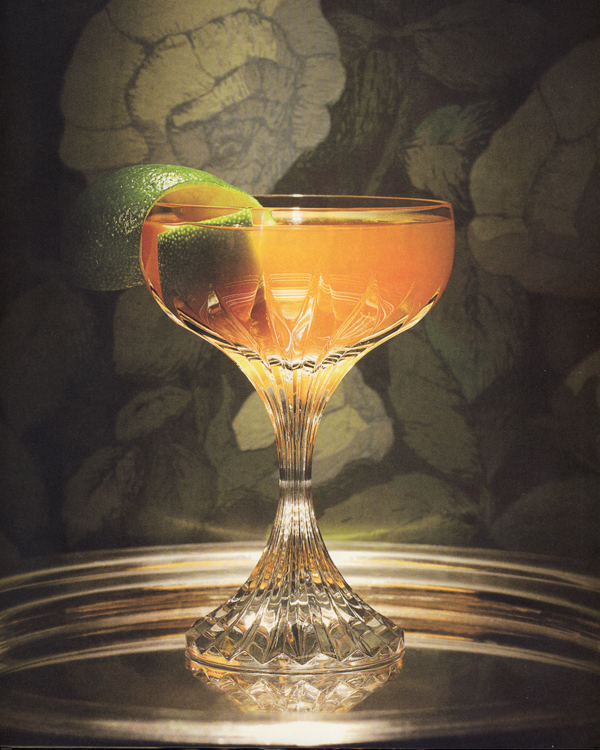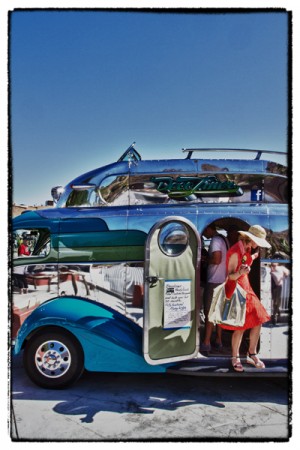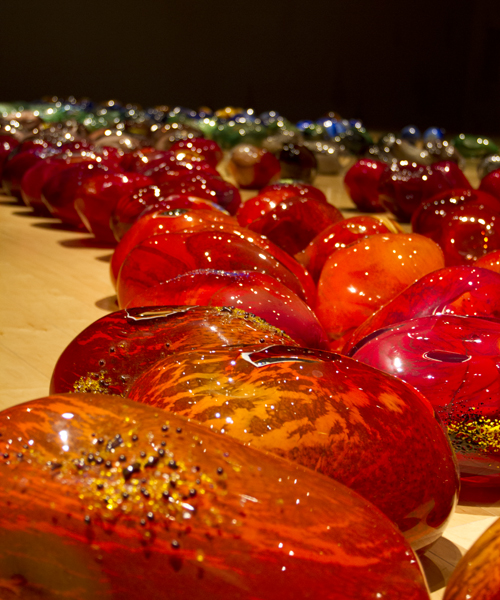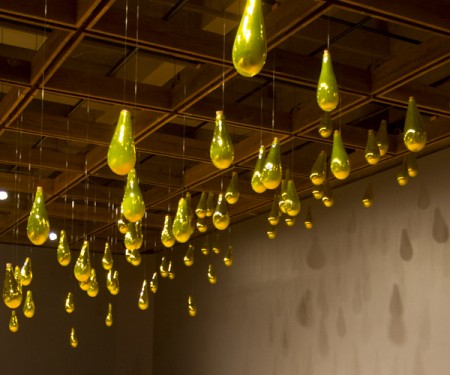
Last Friday I wrote about having a Gin-Gin Mule at Morgan’s in La Quinta Resort. Actually, the first time I sampled this Audrey Saunders’ original was at the Tar Pit in Los Angeles. Saunders, aka the “Libation Goddess,” made a name for herself at Bemelman’s Bar at The Carlyle Hotel in New York before moving on to open her own place, the Pegu Club, five years ago. Her signature drink there, of course, was the Pegu Club Cocktail, a somewhat forgotten libation that was all the rage back when the British still had an empire and Myanmar (what a hideous name) was called Burma.
No one knows exactly when the Pegu Club Cocktail was first stirred up but the earliest mention of it seems to be in Harry Craddock’s classic 1930 “Savoy Cocktail Book.” Says Craddock, the Pegu Club Cocktail “has traveled, and is asked for, around the world.”
Well, not for long it wasn’t. In 1942, the British abandoned Rangoon (now Yangon—another hideous name) as well as the Pegu Club in the face of the rapidly advancing Japanese infantry, and they seemed to have taken their cocktail with them. Until Saunders almost single-handedly revived it.
While it’s not all that difficult to get a Pegu Club Cocktail in New York, it’s still rather rare elsewhere in the world. Which is why I was so thrilled to hear that Miss Saunders had partnered with Mark Peel at the Tar Pit in Los Angeles last December. Word was that she was going to go for “neo-tropical” and “old Hollywood swellegant” cocktails, which is exactly what she did. In addition to Saunders’ Gin-Gin Mule you could order a Jamaican Firefly (dark rum, housemade ginger beer—one of her signatures—fresh lime juice, and simple syrup) or a Fitty-Fitty (half gin, half French vermouth, with orange bitters—another Saunders signature ingredient).
Alas, while the Gin-Gin Mule remains, Miss Saunders split with Peel and headed back to New York last month (just another reason to go to Morgan’s in the Desert at La Quinta).
A couple of notes about the recipe: Saunders loves gin. She carries something like 26 different gins at her bar in New York (and keeps the vodka out of sight beneath the bar). So obviously she’s rather particular about which gin to use for any given cocktail. The traditional gin to use in a Pegu Club Cocktail is London Dry Gin. But I think Bombay Sapphire works just as well (and I like the idea of using a gin named Bombay in a cocktail invented in Burma; it all seems so tropical and cheerio).
Secondly, you’ll notice the recipe calls for orange curaçao. You could use triple sec or Cointreau or something, but there’s a reason why she uses orange curaçao: for the coloring. It’s what gives the drink that lovely sunset glow. If you use triple sec you’ll get something that looks more like a margarita. Personally, I use a kumquat brandy that I make myself but you’ll have to come over to my house to try that (or make it yourself).
Lastly, you’ll notice that the recipe calls for both Angostura bitters and orange bitters. The problem is that orange bitters can be a bit difficult to find. I’ve got a little 2-oz. bottle of Collins Orange Bitters that I’ve had forever (I can’t even remember where I got it). So if you can’t find orange bitters, you’ll be tempted to skip it and just go with the Angostura bitters but it really changes the drink’s profile. The backbone of the drink is the citrus flavors and the orange bitters provide a lovely spicy undercurrent. By the way, the next time you’re in NYC, stop by the Pegu Club, not only for a cocktail but also to buy a bottle of Regan’s Orange Bitters #6. Saunders sells that and Peychauds bitters just because they’re so difficult to find. As she says, “Our markup on these items is minimal—our benevolent, altruistic goal here is to put you on the path of the righteous, and point you toward the light.”









Recent Comments